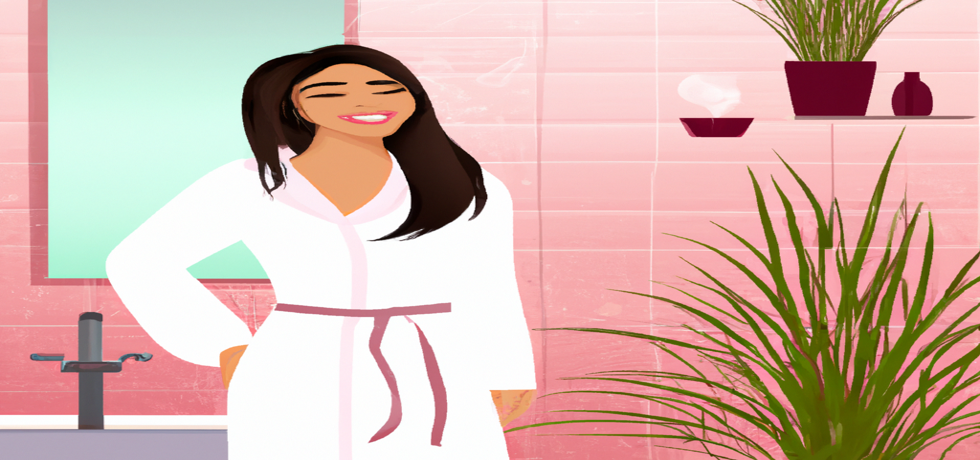
Smooth, Renewed Skin: At-Home Chemical Peels
Introduction to Chemical Peels
Are you yearning for smooth, renewed skin without the need for expensive salon treatments? At-home chemical peels might just be the answer you’re looking for! They allow you to rejuvenate your skin in the comfort of your own home, removing dead skin cells and promoting healthy skin regeneration. This blog will guide you through the benefits, types, and steps involved in performing at-home chemical peels effectively and safely, paving your way to rejuvenated, glowing skin.
Understanding Chemical Peels
Chemical peels are skin resurfacing treatments that utilize chemical solutions to exfoliate the outermost layers of the skin. The main goal of these peels is to improve skin texture and tone, effectively treating issues such as acne, fine lines, and uneven pigmentation. When considering at-home chemical peels, its essential to choose the right peel for your skin type to ensure effective results and avoid complications.
Types of At-Home Chemical Peels
There are three primary types of chemical peels: superficial, medium, and deep. Superficial peels are gentle and often made with alpha hydroxy acids (AHAs) or beta hydroxy acids (BHAs), which help in mild exfoliation. Medium peels penetrate deeper and typically contain trichloroacetic acid, addressing moderate skin concerns. While deep peels achieve more profound changes, they are not recommended for at-home use due to the expertise required to manage the process safely.
The Benefits of At-Home Peels
At-home chemical peels offer numerous benefits beyond just affordability. They provide an accessible solution for individuals looking to maintain their skins health and appearance. Regular use can lead to smoother, clearer skin, reducing the visibility of blemishes and signs of aging over time. Additionally, they can boost your skincare routine by preparing your skin to better absorb nutrients from serums and moisturizers, enhancing their effectiveness.
Steps to Safely Perform an At-Home Chemical Peel
Before embarking on your at-home peeling journey, ensure you patch-test the product on a small skin area. Begin with a clean face and apply the peel according to the instructions provided. Typically, the peel should be left on for a specified duration before rinsing it off. After the treatment, its vital to moisturize your skin and apply sunscreen diligently, as your skin will be more sensitive. Remember to follow up the peel with soothing skincare products to help calm the skin.
Conclusion: Achieving Beautiful Skin
At-home chemical peels can be a fabulous addition to your skincare regimen, granting you the benefits of smoother, renewed skin. However, always remember that the key to successful results lies in understanding your skin type, choosing the right product, and following up with proper skincare routines. If you experience any irritation or concerns while using chemical peels, its always wise to consult a dermatological expert.
FAQ
1. How often can I do an at-home chemical peel?
Typically, at-home chemical peels can be performed every 2 to 4 weeks, depending on your skin’s tolerance and the strength of the product. Listening to your skin is vital to avoid over-exfoliation.
Typically, at-home chemical peels can be performed every 2 to 4 weeks, depending on your skin’s tolerance and the strength of the product. Listening to your skin is vital to avoid over-exfoliation.
2. Can I use a chemical peel if I have sensitive skin?
If you have sensitive skin, opt for a very mild, superficial peel and always conduct a patch test first. It’s advisable to consult with a dermatologist to ensure you’re making the best choice for your skin.
For professional assistance and expert advice from leading dermatologists like Dr. Hital Patel, experience the benefits of smooth, renewed skin with Hair & Skin Specialist Dr. Hital Patel at The Skin Artistry. Our clinics in PDPU Gandhinagar, Vastrapur Ahmedabad, and Hyderabad offer top-quality care and personalized treatments. Visit us today to learn more about our services and take advantage of our special offers! For more insights, updates, or to collaborate, stay connected with The Skin Artistry.

